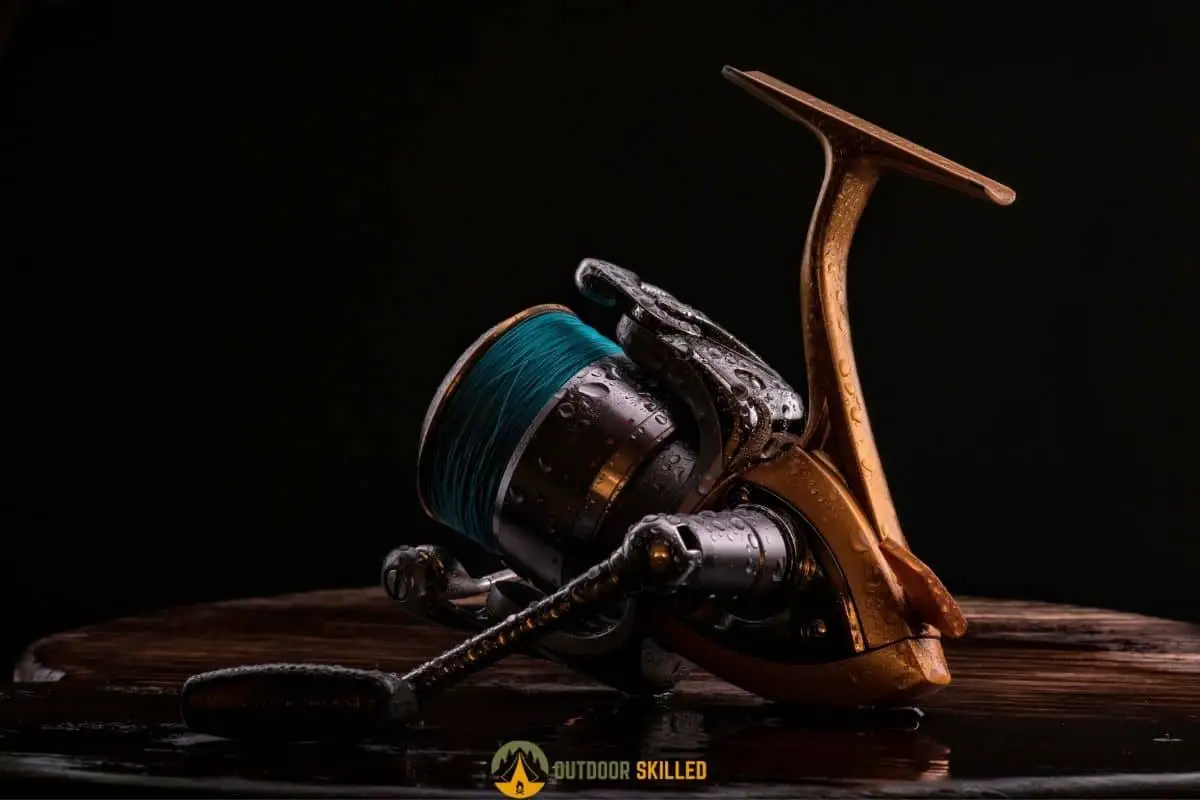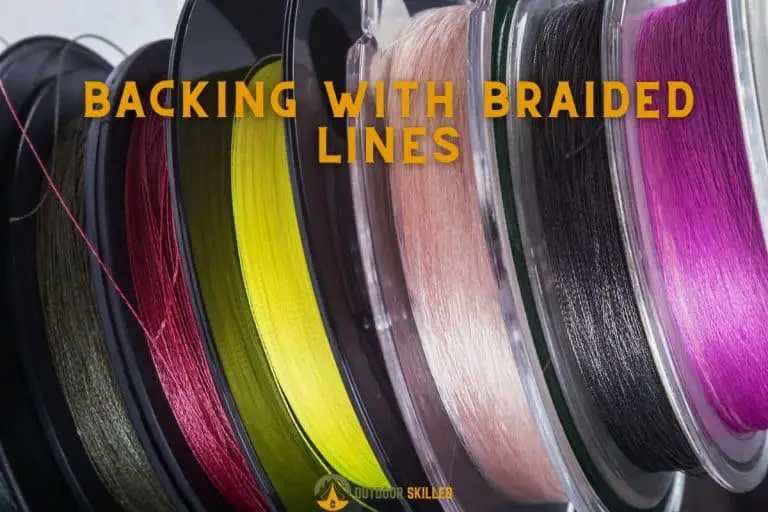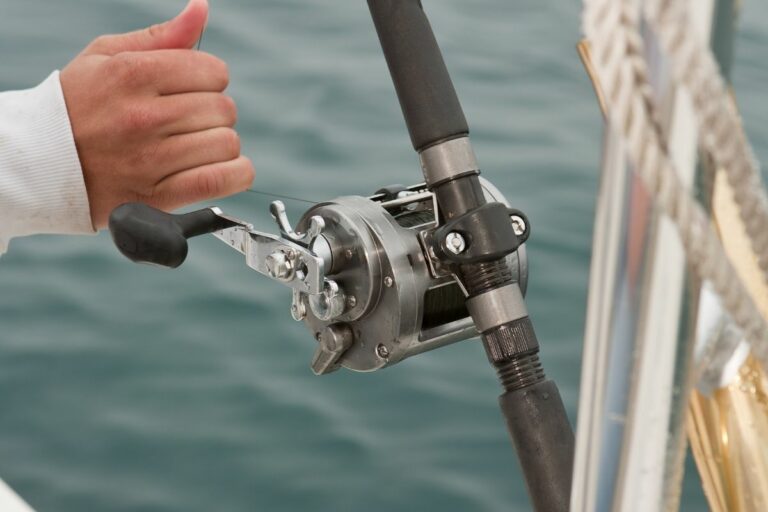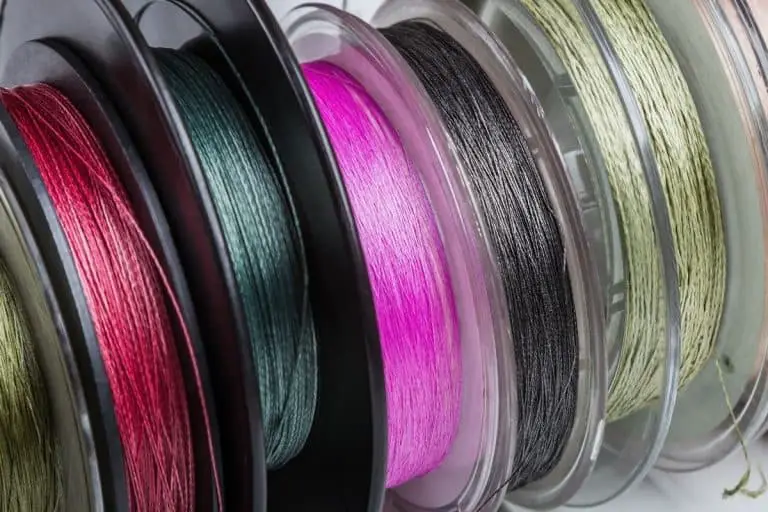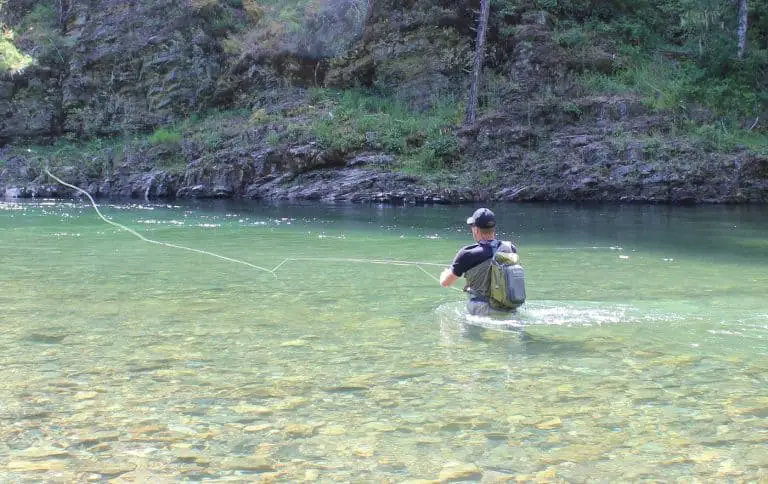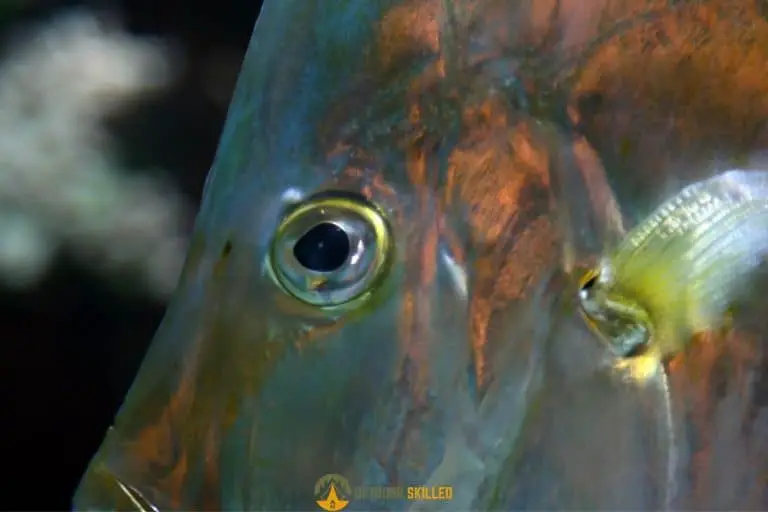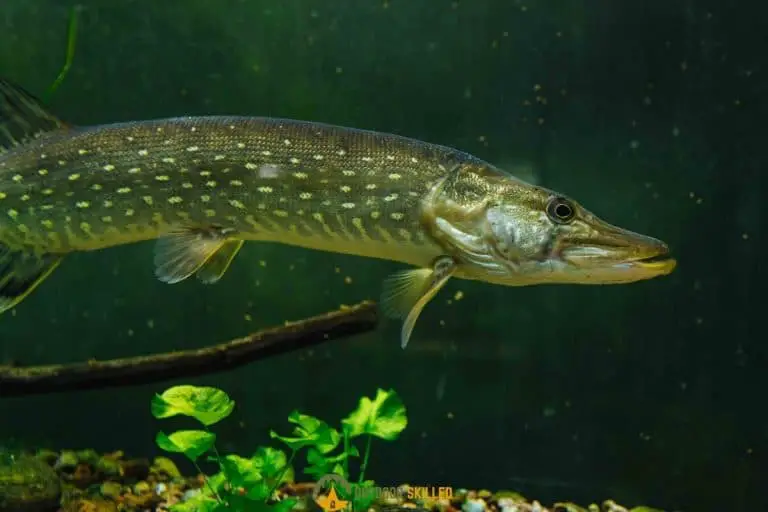Can Fish Bite Through Braid? How to Prevent Fish from Cutting Through
Targeting predator fish is a thrilling activity for many anglers. However, their razor-sharp teeth that can bite through fishing lines are often a nuisance. It’s a good idea to use a strong line that would make it harder for the fish to bite through, and no line is stronger than a braid.
So, can fish bite through braid? Fish species with extremely sharp teeth, like pike and muskie, can bite through braid, so while the line’s strength might make it more difficult for the fish to cause severe damage to the line, it’s recommended to use a steel leader or a fluorocarbon line to prevent the fish from damaging your line.
Check this article to learn more about what kind of fish can bite through your line and how to avoid that. You can also check my picks for the best braided fishing lines here. These are the ones that will give you the best value for your money.
Table of Contents
What Are Braided Lines Good For?

Braid lines are made by weaving bundles of fibers made of a man-made material like Spectra or Micro-Dyneema to make up a single strand of line.
Braided lines have a high breaking strain because of their small diameter, so they can carry a lot of weight.
Braid has no stretching capabilities which makes it more sensitive and allows for better casting accuracy. It also has no memory making it less prone to tangling.
They are highly durable and can last 5 times longer than other lines because they’re more resistant to damage.
Most fish are highly unlikely to be able to break the line, although some species with sharp teeth, like pike and muskie, can bite through the line.
How to Prevent Fish from Cutting Through Your Braided Line?
Using a leader will definitely reduce the risk of having fish bite through your line and damaging it.
One way to prevent fish from cutting through your braided lines is to use a steel leader on the end of your line:
- This is the best option to go for if you’re looking for extra strength
- Having a small length (6-12 inches) of wire attached to your lure or hook will keep the fish’s teeth from being in direct contact with your line.
- Those can be easily purchased as they come in a 5 or 6-pack that also includes a snap swivel on the end for quickly attaching your lure or hook.
Another way to do this is to use a fluorocarbon line as your leader:
- This is considered a better option if you are fishing in clear water where the fish will be able to see the steel leader and might be spooked from it because fluorocarbon lines are almost invisible underwater.
- Fluorocarbon is also a more abrasion-resistant line compared to other types of lines so it will be able to handle being in contact with sharp teeth.
- It’s recommended to use a fluorocarbon leader of at least 15lb if not heavier when you’re fishing for big fish like pike. However, the pound test will differ from one species to another, so it’s advised to look up the suitable pound test for the fish species you’re targeting.
I have a guide on the best fluorocarbon lines here which you should definitely check out.
What Are the Kinds of Fish That Can Bite Through Lines?

Pike – These fish are quite famous for putting up a fight. They have sharp teeth and sharp gill plates that can be dangerous.
Muskies – They’re known for their speed and strength. They have jaws lined with dagger-like teeth designed to puncture, while the top of their mouths is covered with hundreds of needle-sharp teeth.
Niugini Black Bass – These fish have canine teeth and an immense power that can rival even the toughest fish in water.
Alligator Gar – They’re basically half fish, half alligator. They have a strong elongated mouth that can damage hooks and rows of sharp teeth that can cut through fishing lines.
Barracuda – These powerful fish have a mouthful of sharp teeth and can jump out of the water. They’re known to be aggressive predators so you need to handle them with caution.
What Safety Measures Can You Take When Handling Fish with Sharp Teeth?
It’s important for every skilled angler to know how to handle fish with sharp teeth in order to avoid the risk of getting seriously injured.
Here are some useful tips you can follow:
- Do not put your hands near the mouth of a fish with sharp teeth or attempt to remove the hook with your hands.
- Always make sure to wear gloves and long sleeves when you’re handling fish with sharp teeth.
- Remove the hooks by using the proper tools like a jaw spreader, long-nose pliers, an unhooking mat, and a landing net.
- Don’t try to pull a large fish into a boat without professional help because they might often thrash around wildly on the deck and cause serious injuries to any bystanders.
- Make sure to have a well-stocked first-aid kit on board for any minor cuts or injuries.
For more tips, check out my guide on handling a tiger muskie, the tips discussed there are still applicable with any fish with sharp teeth.
What Kind of Fish Can You Target with Braided Lines?
Here’s a list of some fish species you can target using a braided line with the recommended pound test to use:
| Fish Species | Recommended Pound Test |
|---|---|
| Redfish | 20-30lb |
| Grouper | 50-130lb |
| Swordfish | 65-80lb (at least 1500 yards of either braid size) |
| Kingfish | 50lb |
| Permit | 20-30lb |
| Pompano | 20lb |
| Cobia | 50lb |
| Ulua | 50-80lb |
| Yellowfin Tuna | 80-200lb |
| Landbased Shark Fishing | Sharks Up to 6 feet: 30-65lbSharks under 10 feet: 80lbSharks over 10 feet: 130-200lb |
What Are the Best Braided Lines to Use?
KastKing SuperPower Braided Fishing Line

All of the fishing lines produced by KastKing are outstanding when it comes to performance and quality. However, this one is best when it comes to cost.
Power Pro Spectra Fiber Braided Fishing Line

This line is praised for its strength and durability, because of its braided Spectra fiber construction. This brand of braid is treated with Enhanced Body Technology, making it rounder, smoother.
Sufix 832 Advanced Superline Braid

The Sufix 832 Advanced Superline Braid is one of the more expensive lines in the market, however, its superior castability makes up for its high cost.
Related Questions
How to Dispose of a Braided Fishing Line?
Braided fishing lines do not dissolve and cannot be recycled. It can take several hundred years for the environment to break down. If you throw out your braided fishing line make sure the trash container has a lid and make sure to cut the line into short lengths (6 to 12 inches).
How Often Should You Re-spool Your reel?
If you’re using a braided line, it’s recommended to re-spool your reel every 1 to 2 years on average. If you’re using monofilament or fluorocarbon, it’s recommended to re-spool your reel every 3 to 6 weeks.
How Can You Tie a Braid to A Lure?
You can tie a braid to a lure by using the Berkley braid knot. The way to do it is to run a double loop of braid through the lure then make eight wraps around the line with the loop end, starting from the far end. Next, pass the loop end between the lure and the coils and tighten down the knot. Finally, trim the loop and tag the end of the line.
Helpful Resources
When Do Pike Shed their teeth?
If you like this article, please share it or pin it, you can find the share buttons below. We will really appreciate it ❤️

